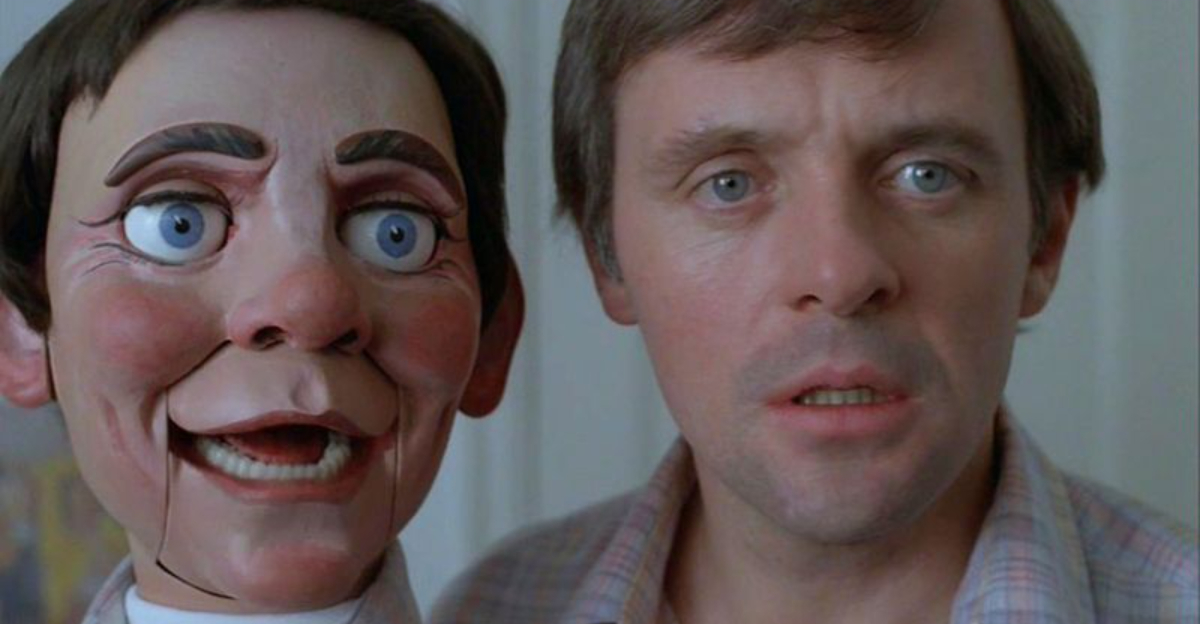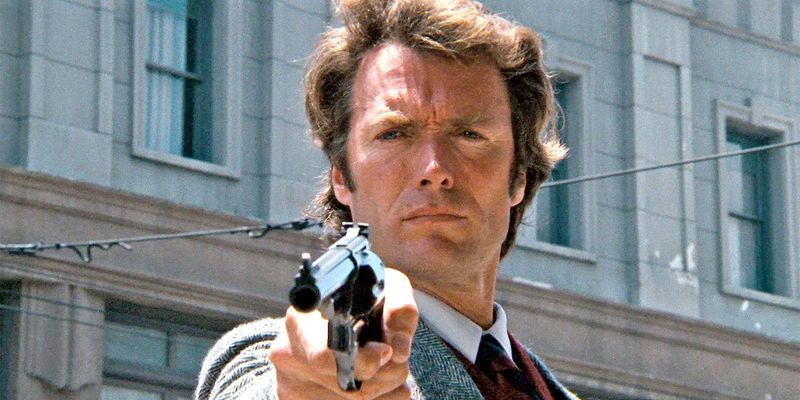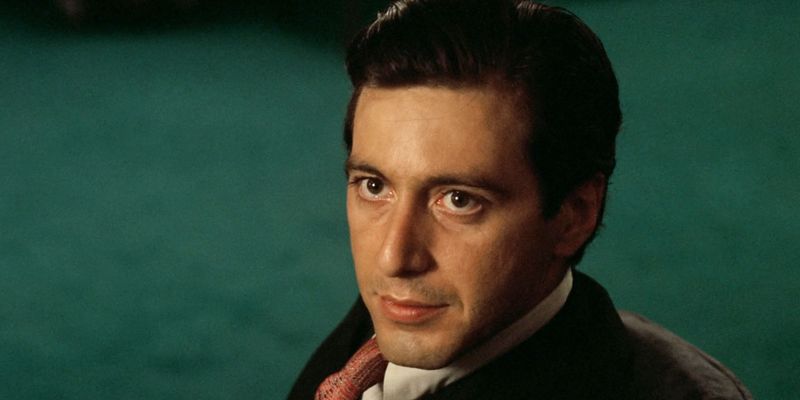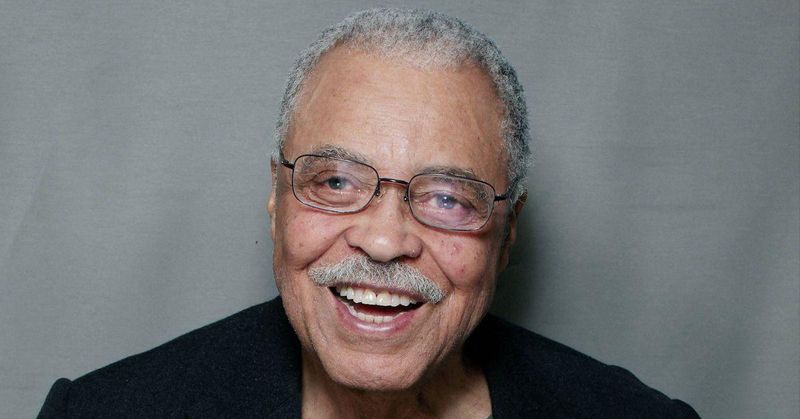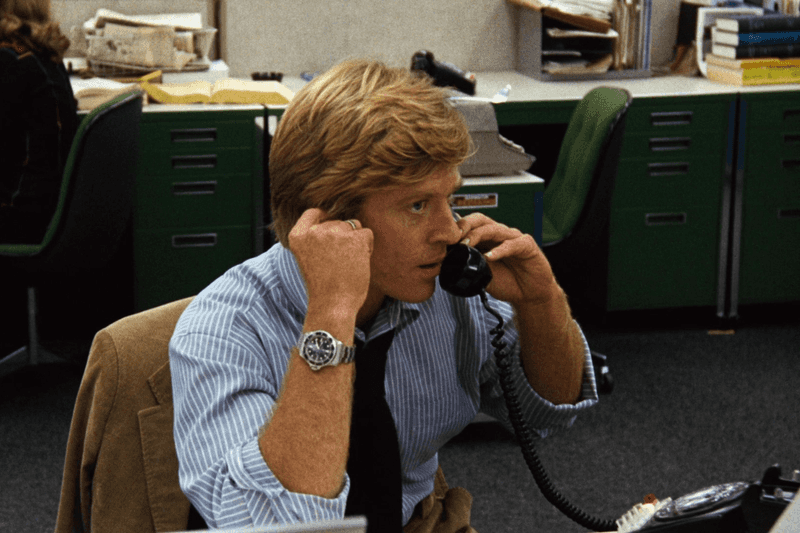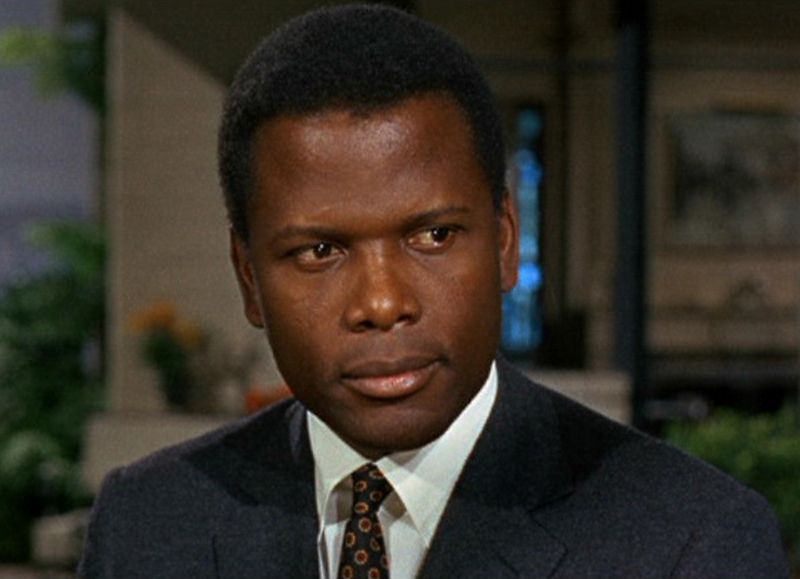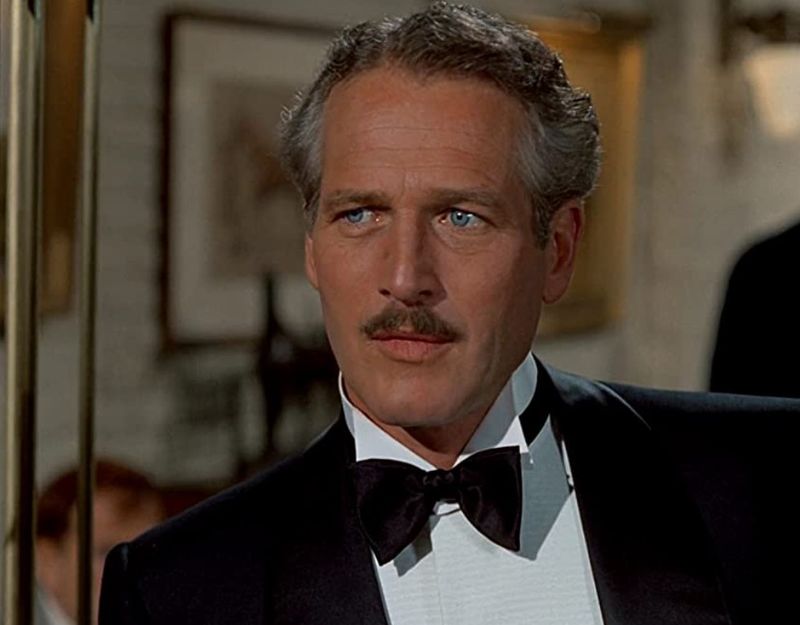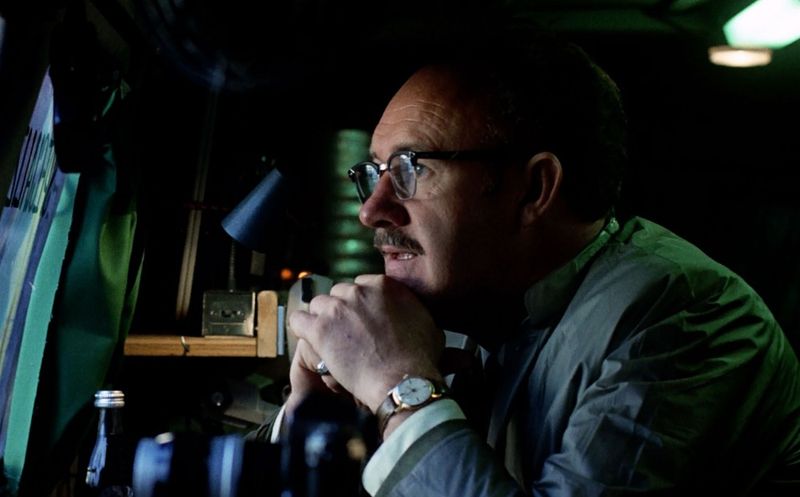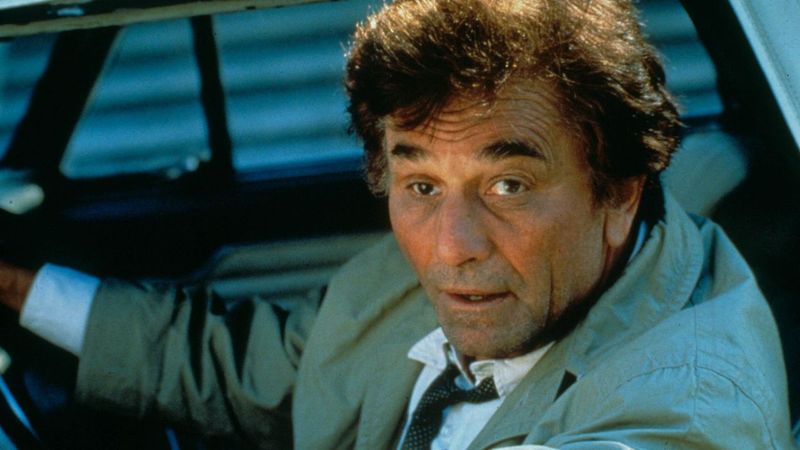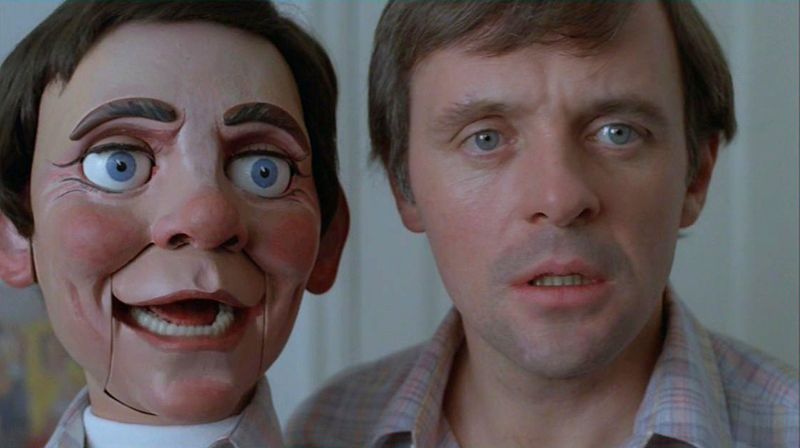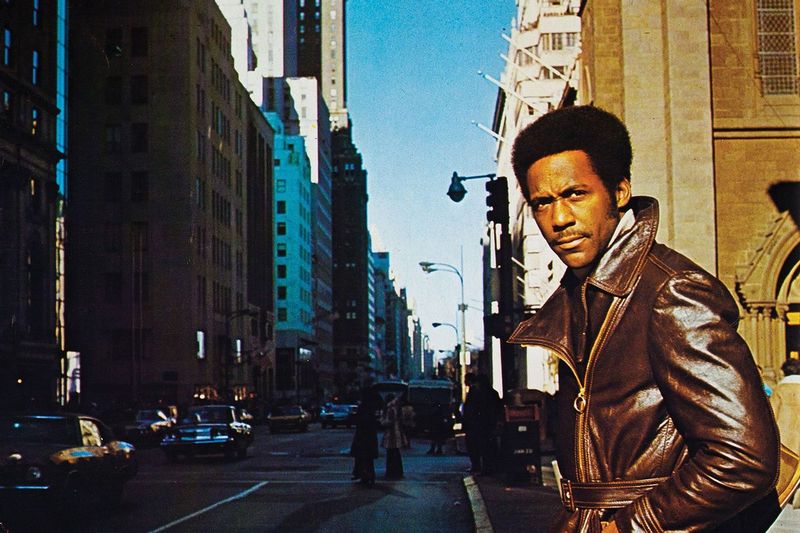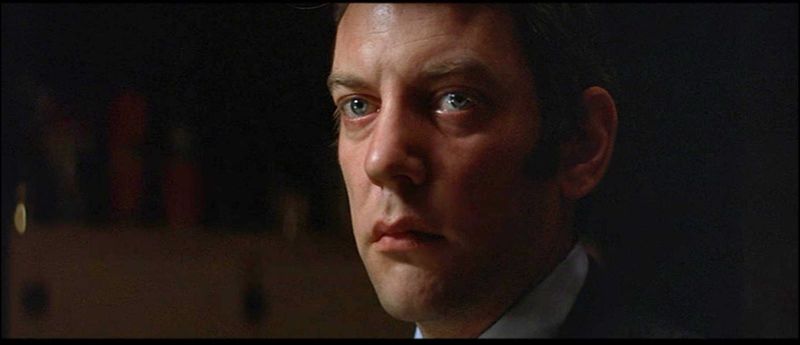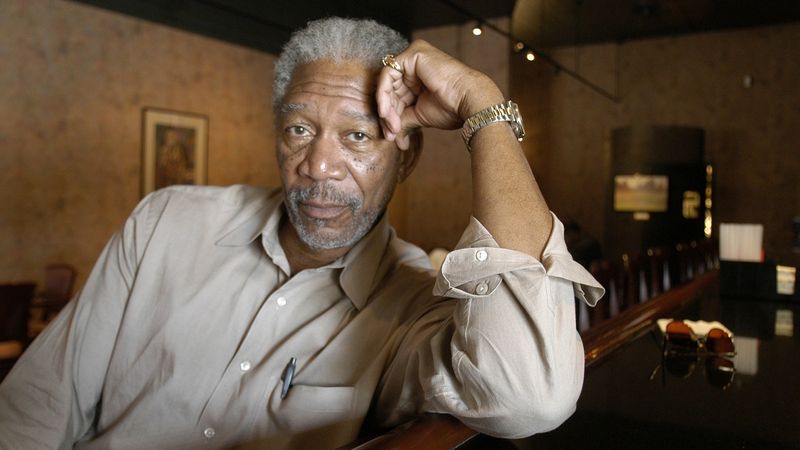The 1970s gave us some of Hollywood’s most powerful performers who mastered the art of restraint.
These actors didn’t need to yell to command attention—they could convey more emotion and authority with a whisper than others could with a shout.
Their subtle expressions, measured tones, and calculated pauses created unforgettable moments that still influence acting today.
1. Clint Eastwood: The Squint That Spoke Volumes
Before becoming a celebrated director, Eastwood dominated ’70s cinema with his minimalist acting approach. His narrow-eyed stare and barely audible threats in the Dirty Harry series carried more menace than any shouting match could. In The Outlaw Josey Wales, his quiet intensity as a vengeful farmer turned outlaw showcased his trademark restraint. Even his silences felt loaded with meaning. Eastwood pioneered a new kind of masculine hero—one who conserved words like bullets, using them only when absolutely necessary. This economy of expression made his rare emotional moments all the more powerful.
2. Al Pacino: The Calm Before the Storm
While later known for explosive performances, ’70s Pacino mastered the art of controlled tension. As Michael Corleone in The Godfather, his transformation from reluctant outsider to cold-blooded don happens in whispers and glances. His performance in Serpico showed similar restraint—a quiet integrity that made his occasional outbursts feel earned rather than theatrical. Dog Day Afternoon’s bank robber character balanced vulnerability with unexpected authority. Pacino’s power came from suggesting volcanic emotion beneath a still surface. His eyes would tell one story while his measured voice told another, creating characters who felt dangerously unpredictable even at their quietest.
3. James Earl Jones: The Voice That Needed No Volume
Few actors could command attention with sheer vocal presence like Jones. His baritone carried weight even at its gentlest, making him unforgettable in roles like Roots’ author Alex Haley. Jones’ physical stillness amplified his vocal impact. Standing motionless in The Great White Hope, he could shift the entire emotional temperature of a scene with a single measured line. What made Jones remarkable wasn’t just his famous voice but his restraint in using it. He understood the power of understatement, creating moments where audiences leaned forward to catch every syllable, knowing each one mattered. His performances felt like masterclasses in controlled power.
4. Robert Redford: Golden-Hued Intensity
Redford turned understatement into an art form during the ’70s. As reporter Bob Woodward in All the President’s Men, his methodical determination created more suspense than any car chase could have. His romantic leads showcased similar restraint. The Way We Were revealed how Redford could convey complex emotions with just a glance or hesitation, making audiences feel the weight of unspoken words. In Three Days of the Condor, Redford’s quiet intelligence made his character’s paranoia believable. His performances worked because he trusted audiences to read between the lines, creating a unique intimacy that flashier actors couldn’t match.
5. Sidney Poitier: Dignity in Every Syllable
Poitier’s ’70s performances showcased his ability to convey moral authority without raising his voice. In The Wilby Conspiracy, his quiet dignity spoke volumes against the backdrop of apartheid South Africa. A Warm December revealed his romantic side, proving Poitier could convey tenderness as powerfully as strength. His measured delivery made every line feel considered and truthful. Even in lighter fare like Uptown Saturday Night, Poitier maintained a grounded presence that anchored the comedy. His legacy of restraint challenged Hollywood’s stereotypes, proving that true power comes not from dominating scenes but from inhabiting them with complete authenticity.
6. Steve McQueen: Master of the Meaningful Silence
“The King of Cool” earned his nickname through calculated restraint. McQueen’s performance in Papillon featured long stretches with minimal dialogue where his expressions told the entire story of his character’s suffering and determination. His work in The Getaway proved how magnetic silence could be. McQueen could make mundane actions—cleaning a gun, driving a car—feel loaded with tension simply through his focused presence. In Le Mans, McQueen barely speaks, yet remains completely compelling. His approach influenced generations of actors who learned that pulling back could draw audiences closer than pushing forward. When McQueen finally did speak, people listened.
7. Paul Newman: Blue-Eyed Emotional Depth
Newman’s ’70s roles showcased his gift for conveying complex emotions through stillness. His work in The Sting demonstrated how a slight smile or raised eyebrow could communicate more than pages of dialogue. As a hockey coach in Slap Shot, Newman balanced outward toughness with glimpses of vulnerability that never needed explicit expression. His characters felt lived-in rather than performed. The Verdict later captured the culmination of Newman’s understated style—a man whose quiet dignity emerges from deep flaws. His approach rejected showboating in favor of truth, creating performances that felt less like acting and more like being, making audiences forget they were watching one of Hollywood’s most famous faces.
8. Gene Hackman: Quiet Authority Personified
Hackman’s brilliance lay in his everyman quality combined with unexpected intensity. His Oscar-winning performance as Popeye Doyle in The French Connection balanced explosive moments with watchful silence that built unbearable tension. The Conversation showcased Hackman at his most restrained—a surveillance expert who speaks softly but carries the weight of everything he’s overheard. His performance conveyed paranoia through posture and microexpressions rather than obvious fear. In Night Moves, Hackman’s detective projected weary intelligence without exposition. Few actors could make thinking look so compelling on screen. His characters seemed to process information in real time, making audiences feel privileged to witness their internal workings.
9. Peter Falk: The Deceptive Bumbler
Falk revolutionized detective stories through his portrayal of Columbo, creating tension not through gunfights but through quiet, relentless curiosity. His seemingly absent-minded “Just one more thing” became more terrifying to murderers than any shouted accusation. Beyond his detective work, Falk showed remarkable range in A Woman Under the Influence, playing opposite Gena Rowlands with subtle emotional honesty. His character’s quiet bewilderment conveyed more about mental illness’s impact than dramatic breakdowns could. Falk’s genius lay in making ordinary moments extraordinary through minute shifts in tone and expression. His characters seemed to think out loud, inviting audiences into their process rather than presenting polished conclusions.
10. Anthony Hopkins: Controlled Menace
Before Hannibal Lecter made him a household name, Hopkins was perfecting his brand of quiet intensity throughout the ’70s. In Magic, he portrayed a ventriloquist with a murderous alter-ego, conveying psychological fracture through subtle vocal shifts rather than histrionics. Audrey Rose showcased Hopkins’ ability to make even sympathetic characters slightly unsettling through his measured delivery and unwavering gaze. His performances suggested hidden depths that kept audiences slightly on edge. Hopkins mastered the art of stillness—knowing exactly when not to move created more tension than constant activity. His characters’ restraint made their rare emotional outbursts feel like genuine breakthroughs rather than performative displays, establishing a template for psychological intensity he would perfect in later decades.
11. Max von Sydow: Spiritual Gravitas
Von Sydow brought European art-house intensity to American cinema. As the priest in The Exorcist, his quiet preparations for the final confrontation carried more dread than the demon’s theatrics. Standing nearly 6’4″, von Sydow could dominate scenes without saying a word. In Three Days of the Condor, his assassin character conveyed lethal precision through economy of movement rather than explicit threats. What made von Sydow remarkable was his ability to suggest ancient wisdom. His characters felt as though they had seen everything, making their concern about current events particularly unsettling. When von Sydow whispered, it carried the weight of centuries—making him uniquely effective in roles requiring moral or spiritual authority.
12. Richard Roundtree: Smooth Confidence Incarnate
Roundtree redefined cool as private detective John Shaft, creating an iconic character who commanded respect without intimidation tactics. His performances relied on steady confidence rather than bluster. In Shaft’s Big Score, Roundtree maintained his character’s composed demeanor even in chaotic action sequences. His effectiveness came from suggesting capability rather than constantly demonstrating it. Beyond the action elements, Roundtree brought surprising emotional depth through subtle expressions that humanized his character. His performances opened doors for Black leading men who could convey strength through presence rather than force. When Roundtree did raise his voice, it carried impact precisely because he so rarely needed to.
13. Donald Sutherland: Cerebral Intensity
Sutherland’s lanky frame and distinctive voice made him impossible to ignore, even at his quietest. In Klute, his detective character observed more than he spoke, creating tension through watchfulness rather than confrontation. MASH showcased Sutherland’s ability to convey anti-authoritarian sentiment through dry delivery rather than rebellion. His sarcasm cut deeper for being understated. Don’t Look Now demonstrated how effectively Sutherland could convey grief—not through sobbing but through subtle disorientation and vulnerability. His characters often seemed slightly removed from their surroundings, processing information differently than those around them. This quality made his performances feel unpredictable and authentic, even in their quietest moments.
14. Morgan Freeman: Emerging Gravitas
Before becoming Hollywood’s voice of wisdom, Freeman was developing his signature restrained style throughout the ’70s. On children’s show The Electric Company, he brought surprising dignity to educational segments, never talking down to young viewers. In prison drama Brubaker, Freeman’s small role stood out through his measured delivery and watchful presence. Even with limited screen time, he created a character with implied history and depth. Freeman’s early work revealed his gift for making ordinary lines sound profound through careful pacing and emphasis. His characters seemed to consider each word before speaking it, giving even simple statements philosophical weight. This thoughtful approach would eventually make him one of cinema’s most trusted narrative voices.
